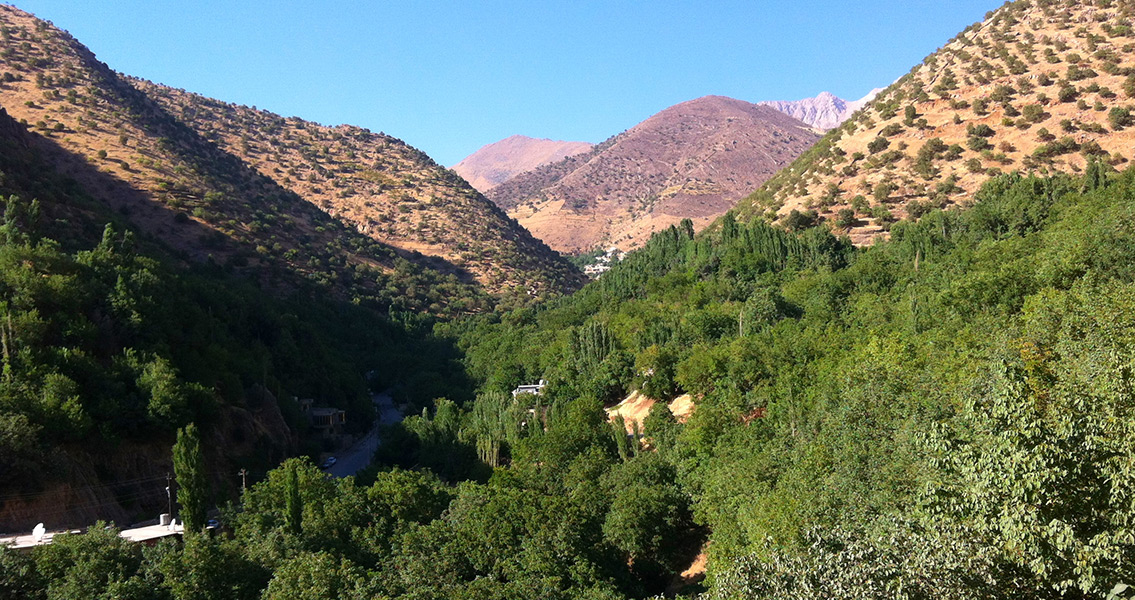<![CDATA[Archaeologists working in the western Kurdistan region of Iran have found what has been characterized as evidence of Stone Age hunters once inhabiting the area. An archaeological survey of the Sirwan River, a region just east of the border between Iraq and Iran in an area known as Hawraman, has revealed a number of long-abandoned hearths, scorched animal bones, and discarded stone tools in several rock shelters and caves running alongside the river. Researchers believe that the region was inhabited by early modern humans starting around 40,000 years in the past until roughly 12,000 years ago when the last Ice Age came to an end. In an interview with the Tasnim News Agency, excavation team leader and Paleolithic specialist Fereidoun Biglari remarked that these new archaeological finds can provide scientists and researchers with crucial information regarding how early human societies, those that revolved around collecting food and hunting game, lived on a day-to-day level. Studying the way the stone tools were carved and the kinds of animal bones left behind at these long-abandoned hearths can reveal much of how these primitive game hunters lived, Biglari added. One of the most important finds, the excavation leader stated, was a rock shelter located in close proximity to Naw village. Named “Mara Darai”, the shelter site dates to the Middle Paleolithic and is likely to be one of the earliest places of human activity within Iran’s Kurdistan province. As far as what animals these Mousterian tool-using hunters (so called for the technique used to create their flint tools) were focused upon, Biglari revealed that evidence points to the herds of wild goats that would have lived near the Sirwan River, especially high above it in the Hawraman region's high, rugged mountain ranges. Based on the design of these flint tools, the identity of the Stone Age hunters living in the region were likely Neanderthals, based on other archaeological finds discovered in Europe and the Middle East, though without any hominin remains to accompany the newly discovered archaeological sites, it is difficult to tell. Similar stone tools have been discovered in central Iran, particularly within the Zagros mountain range. Sites in Syria, Afghanistan, and Turkmenistan have also yielded Mousterian-style tools; the Syrian site in particular was found to be the final resting place of a Neanderthaloid skeleton. This new discovery of stone shelters and caves along the shores of the Sirwan River is not the only one in the region, says the Iran Cultural Heritage, Handicrafts and Tourism Organization (ICHHTO). In fact, two additional teams of researchers have unearthed archaeological finds in the form of a pair of prominent sites dating to the Iron Age and located in Hawraman, both near Ruwar village. One of the two sites, a large stone grave in the shape of a dome, has been dated to at least 3,000 years in the past. Image courtesy of Wikimedia Commons user: Diyar Muhammed ]]>
Evidence of Stone Age Hunters Discovered in Iran
